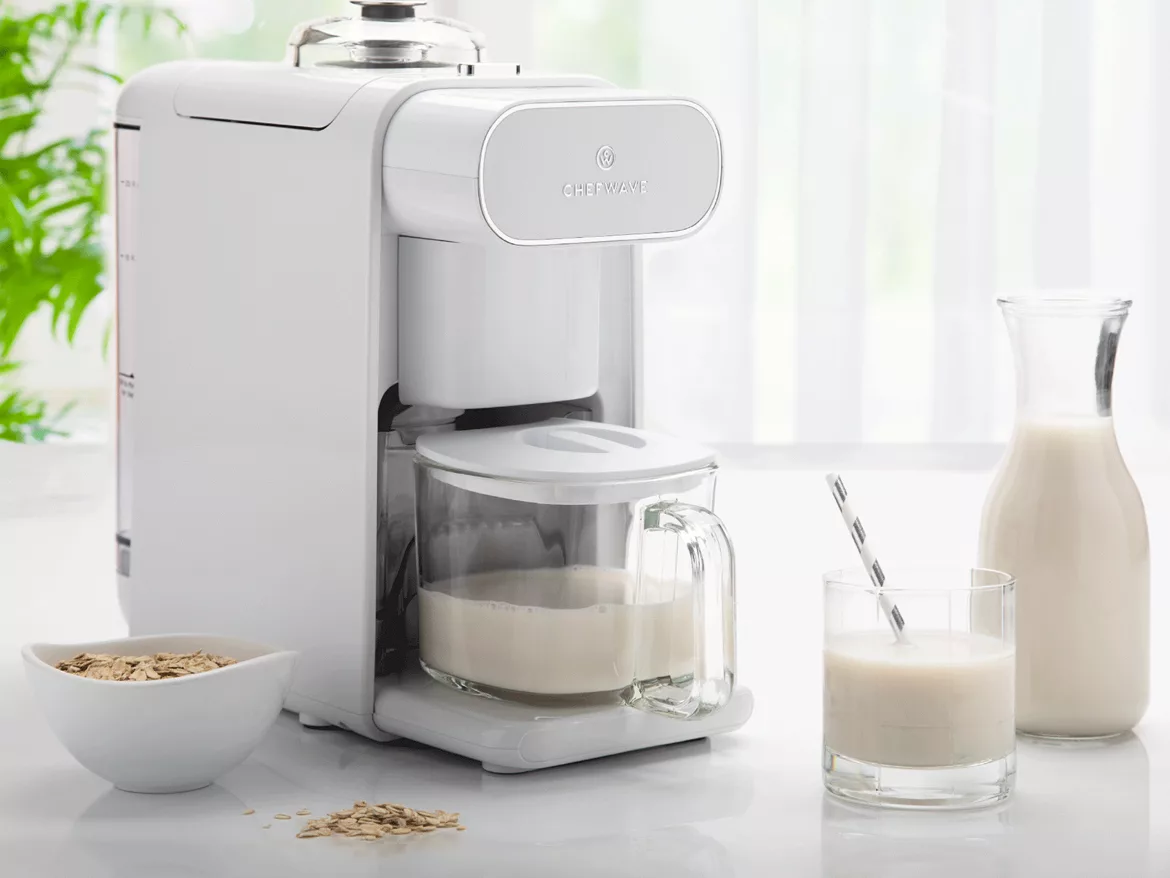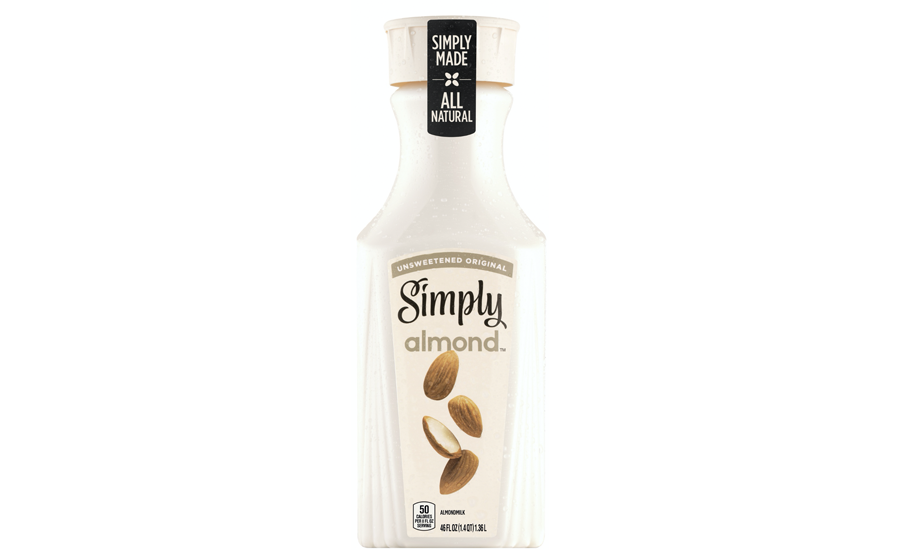2021 State of the Beverage Industry: Dairy category outpaced by alternative options
Almond milk grows, along with other plant-based categories

In Beverage Industry’s November 2020 eMagazine, we reported that sales of dairy milks had fallen 22% from 2014-2019, based on data from Chicago-based Mintel’s October 2019 “Milk and Non-Dairy Milk, US” report.
However, the pandemic contributed to rising consumption of milk, coffee creamers and plant-based alternatives such as almond milks and oat milks by at-home workers and schoolchildren, resulting in stable growth for sales in milk categories for 2020.
For the 52 weeks ending May 16, milk was a $16.6 billion category in total U.S. multi-outlets, according to data from Information Resources Inc. (IRI), Chicago. As a whole, the milk category was up 2.8%. According to this data set, ready-to-drink (RTD) milk beverages and refrigerated flavored milks showed the most growth for dairy, at 5.7% and 4.6% growth, respectively.
Yin Woon Rani, CEO at MilkPEP, Washington, D.C., noted very similar growth across the category in Beverage Industry’s November 2020 eMagazine, showing the category has remained steady despite any outlying circumstances.
“While consumer behavior and shopper dynamics have begun to return to normal in recent weeks and months, shoppers continue to buy milk at rates not seen in years, with milk sales at retail up about 3% year-to-date (YTD), according to September data from IRI,” Rani stated in Beverage Industry’s November 2020 eMagazine.
In the same article, Jeff Crumpton, retail solutions manager at SPINS LLC, Chicago, pointed to the ascension of kefir within the dairy milks category. “Kefir has grown 2.6% to reach $481,675,382. While this is only a fraction of the overall liquid dairy market, kefir has contributed 40.9% of the growth of the refrigerated drinkable yogurt category.
“Drinkable yogurts have grown 3.1% to reach $951,108,307,” he continued. “They’re only contributing a small percentage of the growth due to the fact that the category is much smaller than milk categories.”
According to IRI data for the 52 weeks ending May 16, kefir is toeing the line of becoming a $100 million-dollar segment, sitting at $99.9 million and having increased by 5% since the prior year.
Although plant-based milks as a category continued to grow and expand, sales of all plant-based milks combined were only one-tenth of the size of dairy milk sales, MilkPEP’s Rani said.
“In fact, there’s more dairy milk sold in one day (9.6 million gallons) than oat milk sold in one year (7.5 million gallons),” Rani explained in Beverage Industry’s November 2020 eMagazine. “Plus, most plant milk drinkers also have dairy milk in the house. Just 2% of households only drink plant milks — most households have dairy milk only (47%) and the next largest proportion have both (45%).”

Image courtesy of The Coca-Cola Co.
However, with more than 17 different types of plant milks on the market now, including coconut milk, hemp milk, spelt milk, pea milk, pistachio milk, macadamia milk, walnut milk, banana milk, cashew milk, oat milk, rice milk, flax milk, hazelnut milk, quinoa milk and even sesame milk, the category saw the highest growth out of all segments in the milk category.
For the 52 weeks ending May 16, IRI reported milk substitutes had grown by 72% in multi-outlets and convenience stores. Among them, almond milk experienced 7.3% growth to reach $1.5 billion in dollar sales. Soy milk, however, was down 6.1%, sitting on the cusp of $165 million in sales.
Along with these blooming new varieties of plant milks, the investments in the plant-based alternatives food sector are increasing as the market for the same is growing. For instance, according to Grand View Research, investment issuer Eat Beyond Global Holdings Inc. added vegan beverage-maker Plant Power Restaurant Group LLC to its portfolio.
In Beverage Industry’s November 2020 eMagazine, SPINS’ Crumpton noted that with competition high, there would be “a flurry of innovation” in the dairy alternatives space, especially as it grows and matures.
“Dairy alternatives started off as shelf-stable products, but now many are refrigerated. When shoppers see these dairy alternatives right next to regular milk, it’s possible that they’ll decide to go with plant based,” he said.
Regardless of current performance, brands in the dairy industry are striving for ongoing innovation and creativity to keep up with consumer demands.
For example, innovation consultancy VentureFuel recently teamed up with the California Milk Advisory Board to launch the Real California Milk EXCELerator, with $650,000 in prizes for new dairy products that support functional benefits.
“In the past year, there has been a strong emphasis placed on the recovery and performance of athletes and everyday people,” VentureFuel said in a statement. “This can be seen with the development of technology from theraguns to apps that track respiratory rates, but startups are now looking to lessen recovery times and boost performance with a more natural strategy, and that begins with dairy.”
Thus, VentureFuel says this accelerator effort hopes to unearth a variety of dairy options while supporting small business growth across the United States.
If that’s the case, the market could continue to see healthy growth in the years to come, with the market value reaching as much as $52.58 billion by 2028 at a compound annual growth rate (CAGR) of 12.5% from 2021 to 2028, according to Grand View Research.
Along with the variety and creativity seen in the alternative milk space, dairy potentially will match the contender stride-for-stride in coming years.
Looking for a reprint of this article?
From high-res PDFs to custom plaques, order your copy today!







